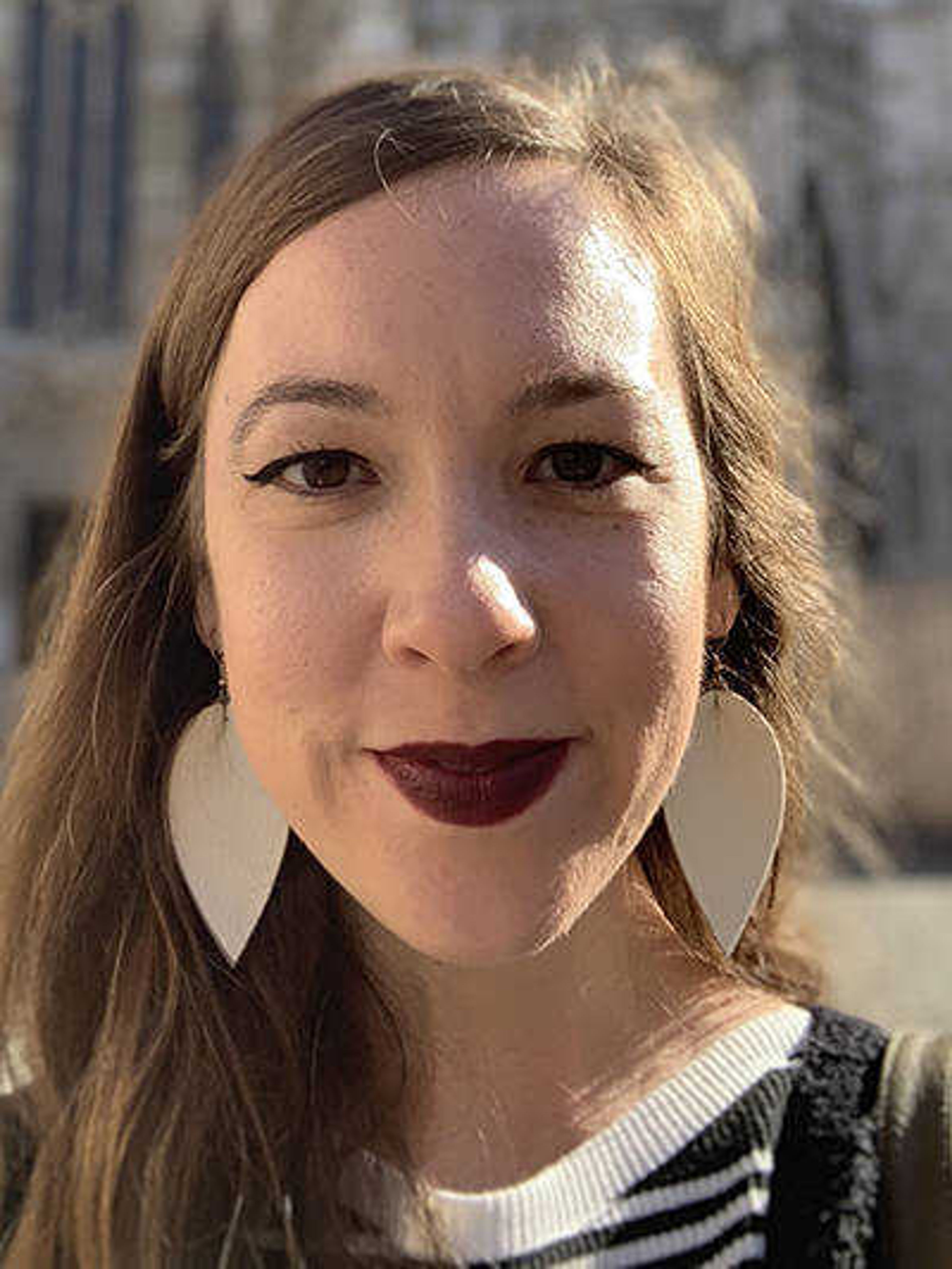By Mia Pohlman
New.
It's funny the beginning of a new year comes in wintertime, when everything seems dead, when -- here, at least -- it's cold, there are no leaves on the trees and nature seems to tell you to retreat into yourself. It's a funny time to use the word "new," a word I associate more with the green of spring, blossoming, visible growth.
But here we are, today. In the cold and grays and browns of winter. Happy New Year.
I am thinking about how winter helps us understand quiet and solitude, what it means to be, to remain, to still oneself in the presence of God. Winter teaches us what it means to dwell with the old in order to bring about the new, the hope of what is yet to come, the faith that life is happening and preparing itself even while we can't see it. The old and the new are a part of each other. Winter understands this confrontation, this coexistence, this regeneration. Faith seems, to me, to be actually faith when one doesn't know or isn't sure.
In "Pilgrim at Tinker Creek," Annie Dillard thinks about the first people to live, who didn't have the concept of the seasons ending and returning or of a "year." She writes, "Assuming that you hadn't yet noticed any orderly progression of heavenly bodies, how long would you have to live on earth before you could feel with any assurance that any one particular long period of cold would, in fact, end?"
Many Native American cultures conceive of time as circular instead of linear, and believe that all things happen at a moment in time that coexists with all others. The Laguna Pueblo people have no future or past tense in their language and speak only in terms of the present, as Leslie Marmon Silko writes in "Ceremony": "'I go up to the mountain yesterday or I go up to the mountain tomorrow.'"
I think about time and my movement toward God the way that stretched-out Slinky looked in the third grade when we learned about seismic waves: spirals around and around stretched straight between me and my classmate, holding the other end. Sometimes we're at a point in a spiral that looks closer to God, sometimes we're at a point farther away, but each point in the spiral moves us closer to the next one that moves us closer to the other end.
I love the genealogy of Jesus that Matthew begins his Gospel with, lists of names I both recognize and can't pronounce.
I love John's Gospel opening, sweeping us back all the way to the beginning while anticipating the new: "In the beginning was the word, and the word was with God, and the word was God ... All things came to be through him, and without him nothing came to be."
These verses zoom the camera out from the circumstances and details of our day-to-day lives to look at the grand scheme of things. Bishop Robert Barron writes, "Through them all, God was preparing a way for Jesus."
That's still what God's doing. In us, with us, through us. When we can see the new leaves on the trees and when we have to just believe that they will come again. Each moment, we are new.
Connect with the Southeast Missourian Newsroom:
For corrections to this story or other insights for the editor, click here. To submit a letter to the editor, click here. To learn about the Southeast Missourian’s AI Policy, click here.








